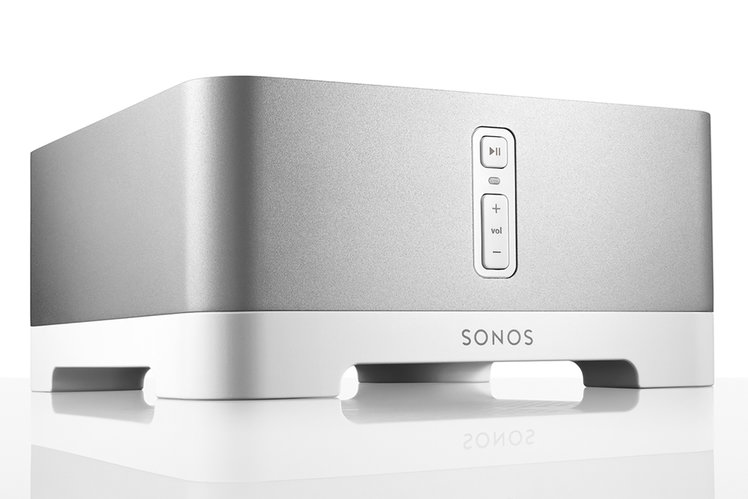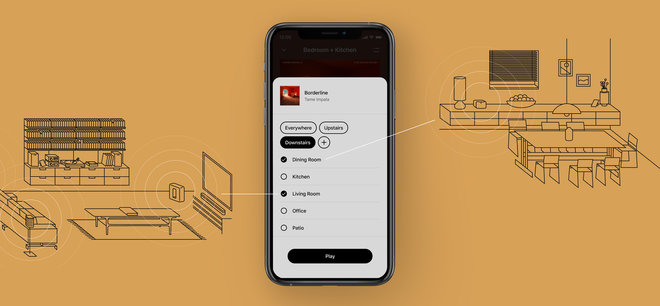
Sonos has overturned its decision to discontinue several of its legacy speakers and devices. However, it will be releasing a new software update on 8 June 2020 that they will not be able to support.
Sonos S2 will be for current and new devices only, as it requires the greater processing power they provide. But that doesn’t mean your older kit will be defunct. Indeed, legacy products will continue to work as they do now – you’ll just have to make a decision on them or two.
Here we detail the different devices that will be affected, plus the options you will have after Sonos S2 is released.
What is Sonos S2 system software?
Sonos S2 is the new, major system software update that is coming to the vast majority of Sonos speakers and devices on 8 June 2020. It will add new features, such as support for Dolby Atmos (for the new Sonos Arc soundbar), plus other higher resolution audio formats and room groups.

It will become the default software for all compatible Sonos devices going forward.
All older devices (as on the list below) will be able to continue on the current Sonos software – internally called Sonos S1.
What Sonos speakers and devices are affected?
After the Sonos S2 update is released, the following devices will not be upgraded and have to stay on the current generation software (Sonos S1):
- Sonos Bridge
- Sonos Connect
- Sonos Connect:Amp
- Sonos CR200 wireless remote
- Sonos Play:5 (Gen 1)
- Sonos Zone Players (ZP90, ZP100, ZP120, etc)
All other Sonos devices will be capable of running Sonos S2 software.
Why won’t they get new features?
Like TVs, smartphones, tablets and most other forms of entertainment equipment, Sonos devices inevitably show their age – not because of their audio tech, but because of the processing and storage capabilities available when first launched. The affected devices will therefore no longer be capable of effectively running the latest software or the more advanced, modern streaming services.
After all, some of the devices are 13 years-old. How many people expect a 13 year-old TV to run Netflix, 4K or even BBC iPlayer these days?
Sonos will continue to release patches for the legacy gear if security holes are detected, just not the same significant upgrades as the rest of its family of speakers.
What to do if you own an affected Sonos speaker or device
If you do own any of the devices above and are worried that they’ll simply stop working in June, rest assured that absolutely won’t be the case.
Instead, you will be able to continue to use them on their current software (Sonos S1). There are some caveats to this, however.
For example, if you want to use legacy products with newer speakers as part of the same Sonos network you will not be able to update the newer devices to Sonos S2. They will all continue work together, but your newer devices will need to remain on Sonos S1 to do so.
Alternatively, you can isolate the older, affected devices and run them separate to your newer speakers – ie. run two independently connected zones in your home rather than one. The older devices connected to each other in one, the unaffected devices as another. That way, your newer devices will get the benefits of the S2 software.
As we understand it, you will be given this option when the new software arrives (on your desktop/mobile app).
Trade up your Sonos device for 30 per cent off a new one
If you don’t want to continue to use your affected Sonos devices in future, you can opt to utilise the company’s Trade Up program instead.
This effectively allows you to get 30 per cent off a brand-new, replacement device. However, while you were previously required to “brick” your old one permanently, through “Recycle Mode”, that is no longer the case.
You can now use the Trade Up service without bricking your old device – allowing you to pass it on to a family member, sell it or even still use it with the older system software.
Detailed instructions on how to use the Trade Up program can be found on the Sonos website here.
